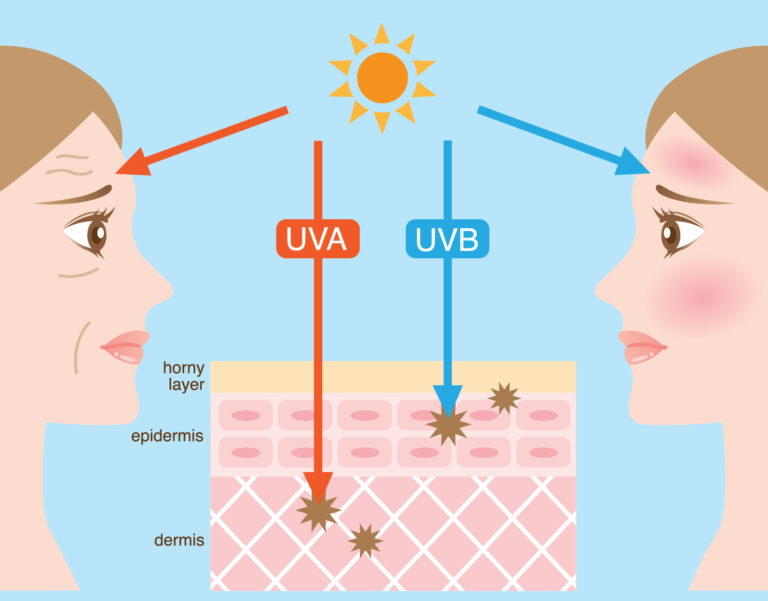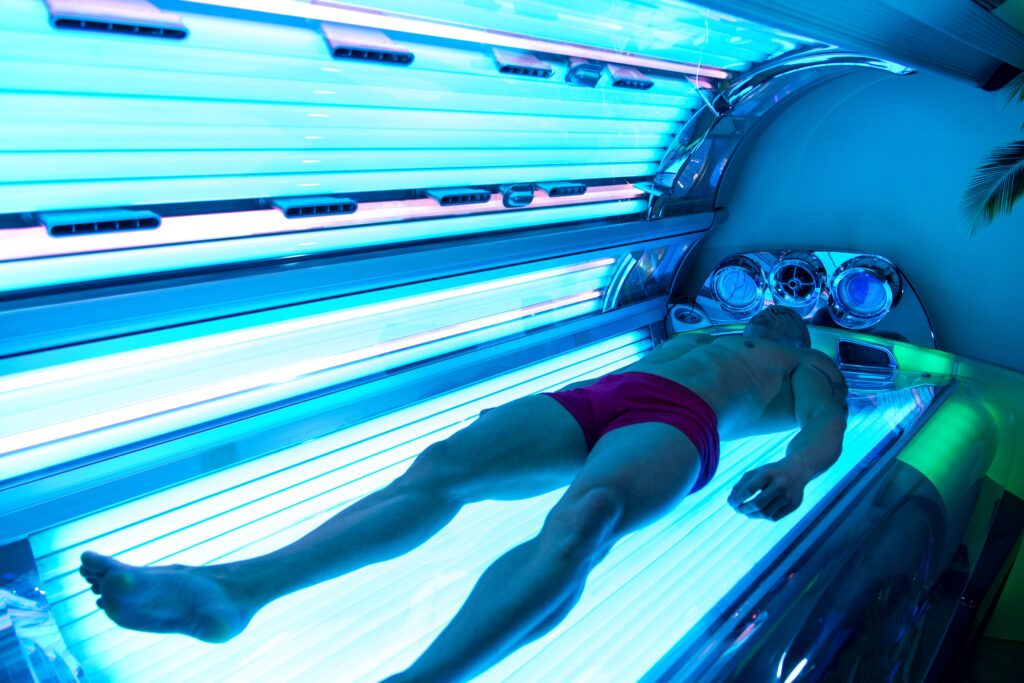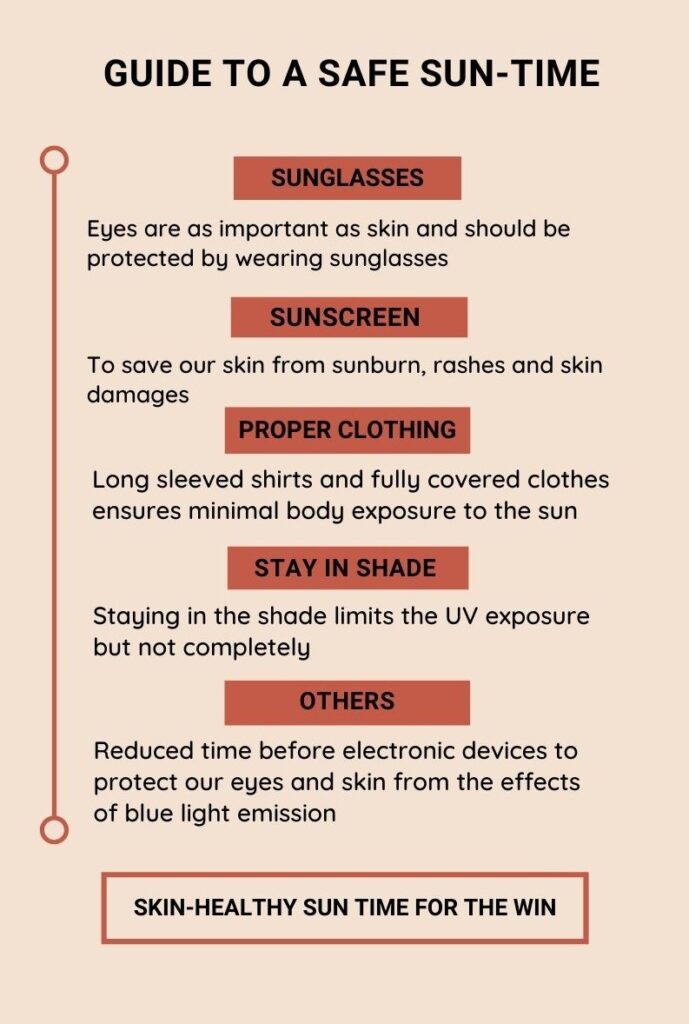
Published on August 20, 2021 | By Dharani Senthilkumar
A skin that glows gives happiness and sheer confidence to any individual. When for some tanning occurs naturally, most others choose alternative ways to get the tanned effect. None can deny that tanned skin is considered a pride. But later, studies stating that skin exposure before the sun and tanning because of it can cause serious health concerns created an alarming issue.

From children to adults, everyone stays outdoors to play, work and for many other chores. It is essential to have enough amount of Vitamin D, which is where the misconception happens. Too much sunlight is not needed for our body to produce the vitamin. An average of 10-30 minutes of sun-time will be ample for people with lighter skin tones and some extra time in the case of dark-toned people.
Sunscreen is necessary even when indoors to keep our skin safe from blue light emitted from our daily electronic appliances

When our skin is exposed before the sun, the UV rays emitted by the sun gets in contact with the layers of skin and reacts. The UVA rays dive deeper and touch the dermis (inner layer), resulting in wrinkling, premature ageing, pigmentation and skin cancer. The UVB rays, unlike UVA, meets the epidermis (outer layer) and play a predominant role in causing sunburn and cancer conditions. While these rays try to touch our skin, it fights against the harmful rays by producing a brown pigment to block them from causing effects on the skin, called melanin which is why the darkened look appears on the skin.
In Ancient days, whiter skin was considered superior; hence women in Mediterranean countries used white chalks to paint their faces white, but it was a deadly approach
Though melanin fights to reduce the effect of the sun on the skin, when the rays pass through deeper levels, it depicts ageing conditions like fine lines, wrinkles, dryness in the skin, rough look, pigmentation, dark spots. With this, the person appears older than they are.
Just like our skin, eyes can get affected too. When exposed to bright sunlight, the skin around the eyes is prone to loosening, irritation in the eyes, inflammation, blurred vision, all of which can be either temporary or permanent damage. Losing sight due to age is normal, but sun exposure can get the damage done even sooner.
Much research has been done on cancer and its association with UV radiation. It has been studied that UVA, UVB rays and even artificial sources of light that are likely to emit UV rays are likely to cause skin cancer. The DNA damage it does to the skin and the weakening of the immune system are how the disease can occur.
Another form of health effects might start as a change in the skin, which may appear like a rough, scaly patch, bumps in some cases. There are many variants; hence it is always better to consult a doctor once you see some changes in the skin. These are symptoms of overexposure to the sun and, if left untreated in the early stage, have minimal chances to become cancerous.
Scalp melanoma gives a mole-like appearance, brown or black, which prone to mutate, is the rarest form of skin cancer

Fearing side effects from natural tanning, many have opted to use the service of artificial tanning. Sources like tanning booths, lamps, tanning beds, and others produce UV radiation, giving a tanned appearance. Tan sprays, lotions, creams are formulated with the skin colouring agent DHA (Dihydroxyacetone) to create the tanned tone. It is best to use these as per caution and only for external applications to refrain from skin hazards.

Long since tanned skin was considered pride, many people voluntarily involved themselves even if it was obtained from artificial sources. But now, tanned skin is nothing but our skin’s reaction to the UV rays, which is not good over time. Vitamin D is needed for our body, for which we expose ourselves to the sun. As it goes by, too much of anything is good for nothing – awareness should be inherent about our sun exposure.

While reading this, did you look at your body and find any pigmentation or tanned skin? If no, you are safe but still do not forget to include sunscreen in your skincare regime. But if it is a yes, we have always got your back with our advanced skin therapies like anti-tan procedure, ultra whitening, stem cell therapy, and peeling solutions that have shown effective results for tanned skin.
Reach out to us at +91 7092525252 and swirl with safe and radiant skin